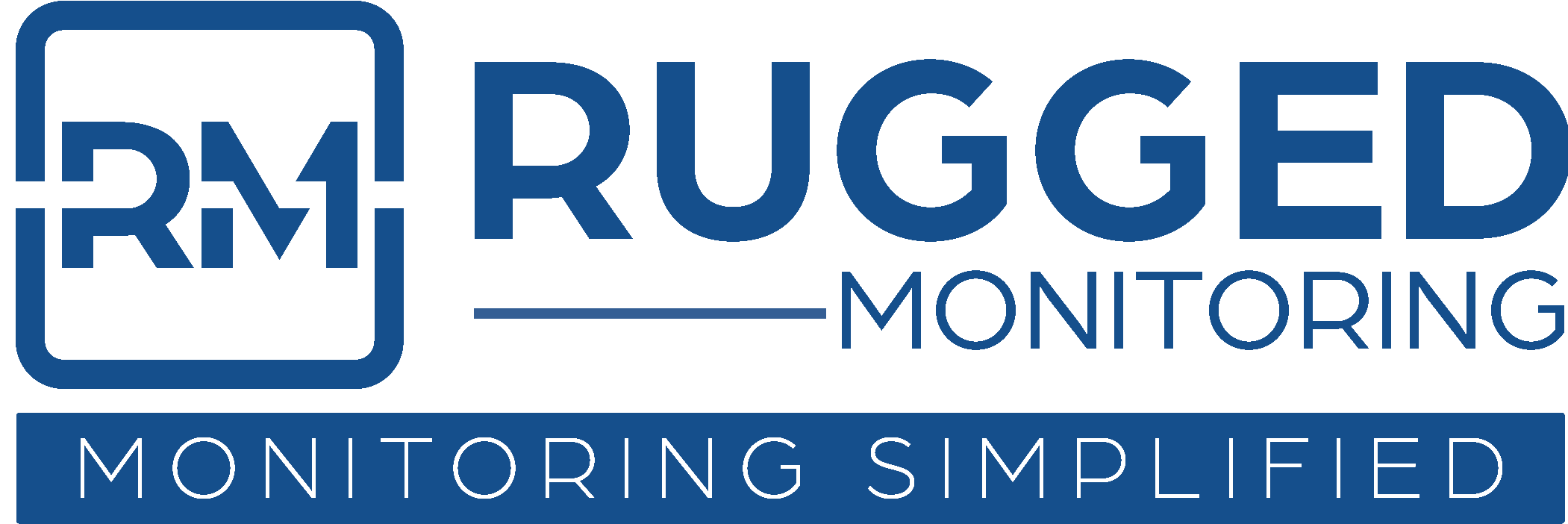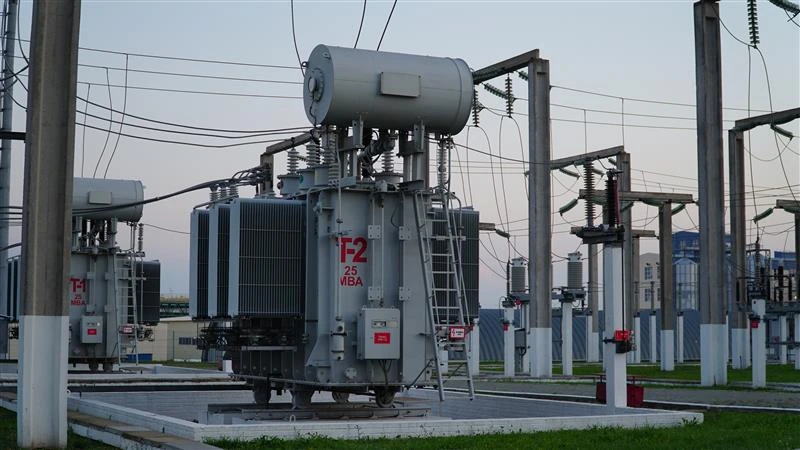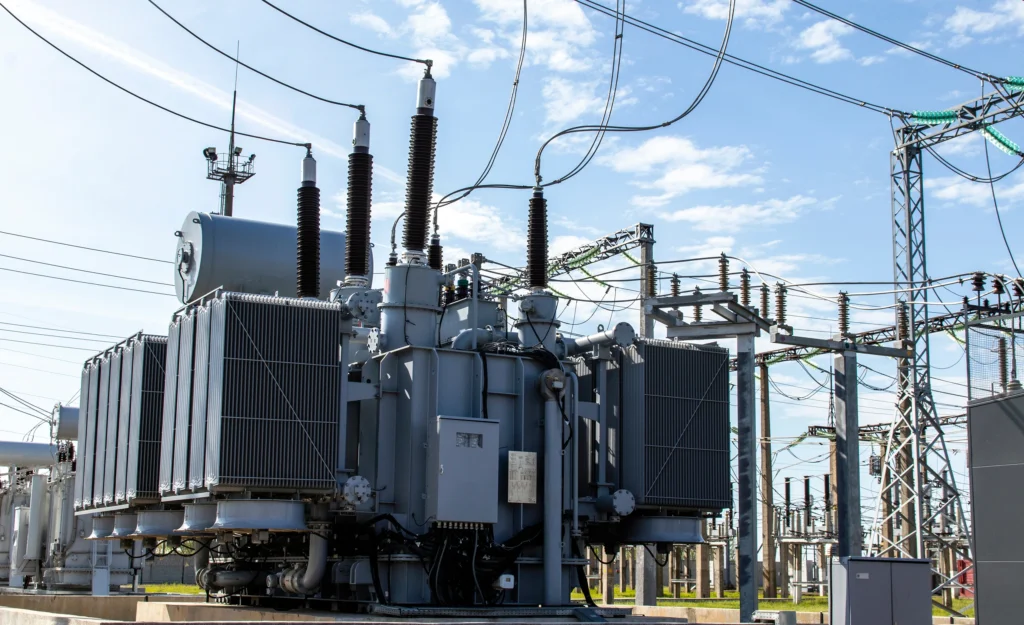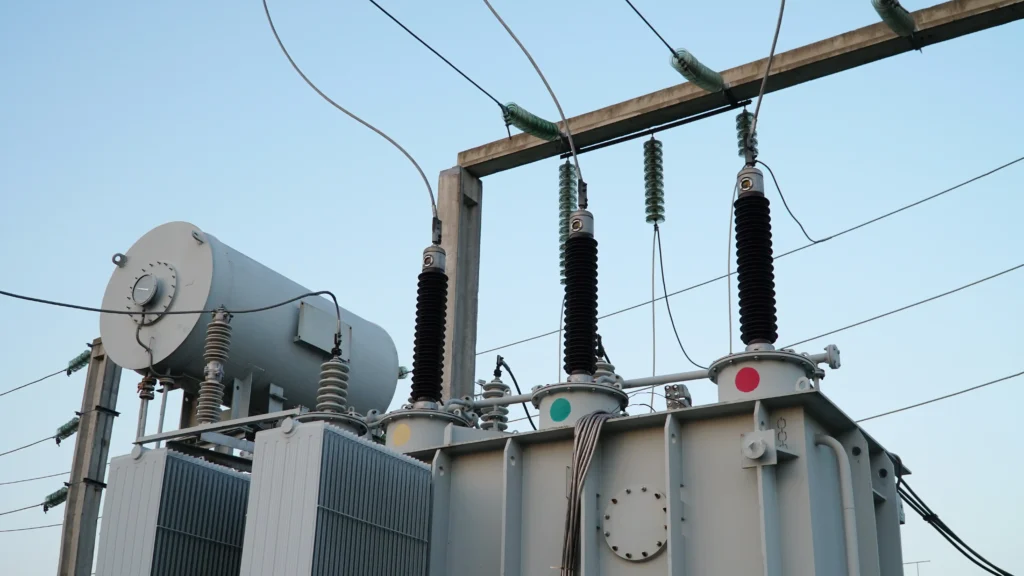Introduction
In the realm of electrical asset management, moisture is often an unseen adversary. Its presence can compromise the integrity, performance, and longevity of critical electrical components. As companies strive for operational excellence, the importance of moisture monitoring becomes paramount. By integrating advanced moisture monitoring techniques with electrical asset monitoring software, businesses can proactively identify potential threats, ensuring the health and longevity of their assets. This article delves into the significance of moisture monitoring, its modern-day applications, and the future prospects in safeguarding electrical assets.
Why Moisture is a Threat to Electrical Assets
Moisture is a silent deteriorator. It affects the insulation properties of electrical equipment, leading to reduced efficiency and potential failures. Water particles can cause short circuits, corrosion, and even accelerate wear and tear. In high-voltage equipment, unchecked moisture levels can lead to catastrophic failures, resulting in costly outages and safety hazards.
Moisture, often overlooked, plays a critical role in the degradation of electrical assets. Its presence, even in minuscule amounts, can initiate a chain of detrimental effects, severely compromising the functionality and longevity of vital electrical equipment.
1. Insulation Breakdown: Moisture adversely affects the insulating properties of electrical components. For instance, the dielectric strength of insulating materials like oil in transformers diminishes when moisture is present. This reduces the efficiency of the equipment and increases the risk of electrical faults.
2. Corrosion and Material Degradation: Moist environments accelerate the corrosion process in metallic components. Corrosion can lead to equipment failure, compromised structural integrity, and reduced asset life. Furthermore, moisture can cause swelling or warping in non-metallic materials, affecting their structural and functional attributes.
3. Short Circuits and System Failures: Water is a conductor. When moisture infiltrates electrical systems, it can create unintended current paths, leading to short circuits. In high-voltage systems, such incidents can result in catastrophic failures, endangering both assets and personnel.
4. Accelerated Wear and Tear: Continuous exposure to moisture can lead to accelerated aging of electrical assets. Components like seals, gaskets, and insulation materials degrade faster in moist conditions, necessitating frequent replacements and increasing maintenance costs.
5. Reduced Operational Efficiency: Moisture can cause a drop in the performance levels of electrical equipment. Systems operating in moist conditions often display reduced efficiency, leading to increased energy consumption and operational costs.
6. Implications for Asset Monitoring: Effective moisture monitoring is essential to pre-empt these threats. By integrating moisture monitoring systems with electrical asset monitoring software, companies can obtain real-time insights into moisture levels, enabling proactive measures to safeguard their assets.
In essence, understanding the threats posed by moisture is the first step in ensuring the longevity of electrical assets. By leveraging advanced moisture monitoring techniques and integrating them with electrical asset management software, businesses can effectively mitigate risks and extend the operational life of their equipment.
Modern Technologies in Moisture Monitoring
The evolution of moisture monitoring technologies has been transformative. From traditional humidity sensors to advanced capacitive and resistive sensors, the accuracy and responsiveness have improved exponentially. These technologies can detect even trace amounts of moisture, ensuring timely interventions and preventive maintenance.
Effective moisture monitoring is paramount to ensuring the health and longevity of electrical assets. With technological advancements, modern solutions have emerged that allow for precise, real-time, and non-invasive moisture monitoring, ensuring assets are safeguarded against potential threats posed by moisture.
1. Capacitive Sensing Technology: Capacitive sensors measure moisture by detecting changes in capacitance between two electrodes. As the moisture content changes, so does the dielectric constant, affecting the capacitance. These sensors offer high sensitivity and can be integrated directly into electrical asset monitoring systems.
2. Infrared (IR) Imaging: Infrared imaging or thermal cameras can detect moisture intrusions by visualizing temperature variances caused by evaporation. This non-invasive method allows for a comprehensive view of larger areas, identifying potential moisture hotspots.
3. Microwave Resonance Technology: This technique uses microwaves to measure moisture content. As water molecules absorb microwave radiation, changes in resonance frequency can indicate moisture levels. This technology provides rapid and accurate measurements and is especially useful for bulk materials.
4. Wireless Sensor Networks (WSNs): WSNs consist of distributed sensors that can monitor moisture in real-time across large facilities or areas. Their wireless nature ensures minimal disruption during installation and provides continuous data flow to asset monitoring software.
5. Integration with Asset Monitoring Software: Modern electrical asset monitoring software can seamlessly integrate with these moisture monitoring technologies, allowing for real-time alerts, trend analysis, and predictive maintenance. This integration ensures that asset managers can take proactive measures based on actionable insights.
6. Cloud-based Monitoring: With cloud integration, moisture data can be accessed from anywhere, allowing teams to collaborate and make informed decisions remotely. Cloud platforms also facilitate data analytics, enabling a deeper understanding of moisture patterns and their implications.
Embracing these modern technologies in moisture monitoring not only secures the reliability of electrical assets but also paves the way for more efficient, predictive, and responsive asset management strategies.
Application in Various Electrical Assets
From transformers to substations, moisture monitoring is pivotal. For instance, in transformers, moisture can degrade the insulating oil, affecting performance. In GIS systems, moisture compromises the insulating gas’s efficacy. By strategically placing sensors across these assets, real-time moisture levels can be monitored and assessed.
Moisture intrusion poses a significant threat to electrical assets, affecting their performance, reliability, and lifespan. With the advent of advanced moisture monitoring technologies, it’s now feasible to apply these solutions across a spectrum of electrical assets to ensure their longevity. Here’s a look at how moisture monitoring plays a pivotal role in safeguarding various electrical assets:
1. Transformers: Transformers are crucial in power distribution. Monitoring moisture in transformer oil is essential as excess moisture can lead to decreased insulation resistance, increasing the risk of electrical failures.
2. Substations: Substations contain numerous high-voltage components. Moisture can lead to insulation breakdown, posing risks of flashovers. Modern moisture monitoring systems can detect even minute levels of moisture, ensuring substations operate reliably.
3. Cables: Underground and overhead cables are exposed to environmental factors. Monitoring for moisture ingress helps in early detection of faults, reducing unplanned outages.
4. Circuit Breakers: Excess moisture can affect the insulating properties, leading to potential malfunctions. Continuous moisture monitoring ensures circuit breakers function optimally, ensuring power distribution without interruptions.
5. Switchgears: Switchgears control power flows, and moisture can impact their operational efficiency. With advanced moisture monitoring, potential issues can be identified and addressed before they escalate.
6. Integration with Software: Electrical asset monitoring software can incorporate data from moisture sensors, giving a holistic view of the asset’s health. This integration allows for timely interventions, predictive maintenance, and efficient asset management.
By understanding the pivotal role of moisture monitoring across these assets, companies can ensure operational efficiency, reduce maintenance costs, and extend the lifespan of their electrical infrastructure. As industries evolve, the emphasis on preventive measures, backed by technology, will be the cornerstone of reliable power distribution systems.
Integrating Moisture Monitoring with Asset Management Software
Electrical asset monitoring software now seamlessly integrates with moisture monitoring tools. This integration facilitates real-time alerts, predictive maintenance schedules, and comprehensive data analytics. Such convergence ensures that asset managers have a holistic view of asset health, enabling timely interventions.
In today’s digital era, the integration of moisture monitoring with asset management software has become not just a luxury but a necessity. By combining the two, companies can ensure that their electrical assets operate optimally, ensuring their longevity and minimizing downtimes. Here’s how this integration is revolutionizing the way companies manage and maintain their electrical assets:
1. Real-time Data Access: With moisture monitoring systems feeding data directly into the asset management software, engineers and technicians get access to real-time moisture levels. This enables them to make informed decisions instantly, mitigating potential risks.
2. Predictive Maintenance: By analyzing the moisture trends over time, the software can predict when an asset might be at risk, allowing for timely interventions. This not only prevents costly breakdowns but also extends the life of the asset.
3. Centralized Control: Integrating moisture monitoring into the asset management software means that all asset data, including moisture levels, are available on a single platform. This centralized control ensures efficient management and reduces operational complexities.
4. Automated Alerts: The software can be programmed to send out alerts when moisture levels cross a certain threshold. This ensures that no issue goes unnoticed, and immediate action can be taken to address potential threats.
5. Comprehensive Reports: For stakeholders, understanding the health of electrical assets is crucial. The integrated system can generate comprehensive reports, giving a clear picture of the moisture levels and their impact on various assets over a period.
6. Cost Savings: By preventing unforeseen breakdowns and extending the life of electrical assets, the integration of moisture monitoring with asset management software can result in significant cost savings for companies.
In essence, the fusion of moisture monitoring with asset management software offers companies a comprehensive solution to ensure the longevity of their electrical assets. As technology continues to advance, such integrations will play a pivotal role in shaping the future of the electrical industry, ensuring reliability and efficiency.
Future Prospects and Innovations
The future holds promise with AI-driven moisture detection systems, offering predictive analytics. As IoT devices become ubiquitous, real-time moisture data from remote assets will be more accessible. These advancements, combined with machine learning, will redefine the landscape of electrical asset protection against moisture.
As the electrical industry navigates the challenges of the 21st century, moisture monitoring stands at the forefront of ensuring the longevity of electrical assets. But what does the future hold for this crucial aspect of asset management? Here’s a glimpse into the prospects and innovations that might shape moisture monitoring in the years to come:
1. Advanced Sensor Technologies: With the evolution of nanotechnology and IoT, the next generation of moisture sensors will likely be more accurate, durable, and capable of providing real-time data with minimal latency.
2. AI-Powered Predictive Analysis: The integration of Artificial Intelligence will enable the asset management software to not only detect moisture but predict potential issues based on various parameters, ensuring proactive maintenance.
3. Integration with Augmented Reality (AR): Maintenance personnel could soon use AR glasses to instantly view moisture levels and related data while inspecting assets, making the monitoring process more efficient.
4. Self-healing Materials: Research is underway to develop materials that can react to moisture and heal themselves, minimizing the damage caused by prolonged exposure.
5. Cloud-based Moisture Monitoring: With the advent of cloud computing, companies can monitor moisture levels from anywhere, anytime, allowing for more flexible and efficient asset management.
6. Sustainable Monitoring Solutions: The future will likely see a shift towards eco-friendly monitoring systems that not only ensure the longevity of assets but also minimize the environmental footprint.
In summary, the future of moisture monitoring in electrical assets is bound to be driven by technological innovations and advanced research. By embracing these changes, companies can ensure that their assets remain robust and reliable, living up to the promise of “Strengthening the Backbone” for generations to come.
Conclusion
The symbiosis between moisture monitoring and electrical asset monitoring software represents a paradigm shift in how businesses approach asset health. By recognizing the detrimental effects of moisture and employing state-of-the-art technologies to combat it, companies not only secure the longevity of their assets but also optimize operational efficiency. As the electrical industry moves towards a more digitized and interconnected future, the role of advanced moisture monitoring will only become more pivotal. For asset managers, utility companies, and electrical engineers, embracing these innovations is not just a matter of ensuring asset longevity but also about championing operational excellence and reliability. As we navigate the future, the mantra remains clear – understanding, innovating, and safeguarding. Strengthening the backbone of our electrical assets starts with securing them against the pervasive threat of moisture.



